Henry Russell’s earliest memory from inside a tunnel was riding Boston’s subway on the lap of his grandfather, a motorman for the Metropolitan Transit Authority, predecessor of the Massachusetts Bay Transportation Authority. The elder Russell even let his 4-year-old grandson ring the trolley bell as they pulled into Park Street Station. “You could get away with those things back then, everything was family,” he says.
The little boy in the tunnel, now 80, built a five-plus decade career as an internationally recognized expert in waterproofing systems, fireproofing materials and grouting for underground structures. Serving as HNTB’s director of tunnel resilience and rehabilitation since last year, Russell has worked on projects across six continents—including on the Taipei Metro tunnels, Venezuelan wharfs and a West African liquefied natural gas plant. While his portfolio also includes some of the largest U.S. infrastructure projects, such as Boston’s Central Artery and Seattle’s Alaskaway, Russell has a soft spot for about 20 projects he completed for MBTA, as he remembers “wandering around [the facilities] with my grandfather.”
A leader in tunnel assessment and rehabilitation, Russell developed a systematic system to identify structural defects that was adopted by the Federal Highway Administration and the American Association of State Highway and Transportation Officials in the mid-2000s for their tunnel design manuals. He also chaired an International Tunneling Association working group that established structural guidelines for road tunnel fire protection following the 1999 Mont Blanc Tunnel fire in Europe that killed 39 people when a transport truck combusted on its French side. He received in 2022 the association’s distinguished service award for these recommendations, which were adopted by the National Fire Protection Association.
For his long career of leadership and contributions to construction in the region and beyond, Russell has been named ENR New England’s 2024 Legacy Award winner.
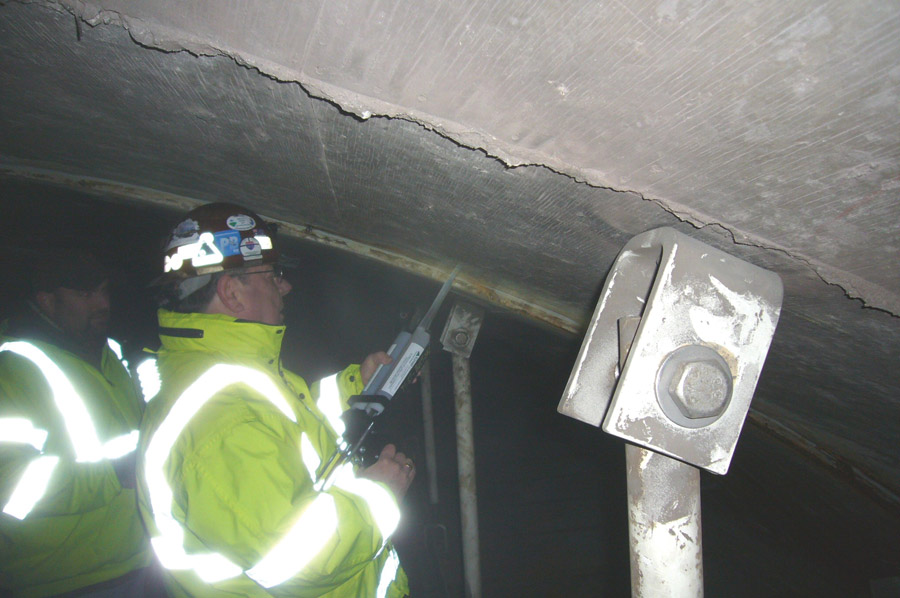
Working in the exhaust plant in Baltimore’s Fort McHenry Tunnel in 2010, Russell seals a leaking joint in its liner segments as part of a test program.
Photo courtesy of Henry Russell
Setting an Example
Randall Essex, a former tunneling association executive council member and vice president, says Russell’s two decades as that working group chair is the longest tenure of any at the ITA. “To be able to maintain that leadership position is a testimonial to his willingness to share what he knows, lead by example and experience and create well-written documents that are respected throughout our global industry,” says Essex, former director of tunnels for North America at Mott MacDonald. Essex, who also worked with Russell at Mott MacDonald, said Russell contributed ideas and solutions “without concern for company loyalty or personal financial gain. Such traits are rare in our industry these days.”
“It’s dynamic. Every project is site specific and requires a lot of analytical thinking.”
—Henry Russell, Director of Tunnel Resilience and Rehabilitation, HNTB
Russell also helped develop Massachusetts fire regulations on leaky fuel storage tanks. In 2011, the Boston Society of Civil Engineers recognized him for public service for his more than 20 years on the Braintree, Mass., conservation commission. He also was cited in 2016 by the American Council of Engineering Companies for community service in serving on Braintree’s public works committee. A 1961 graduate of the nation’s first public high school, English High, Russell is a longtime board member of its alumni association.
Still active in professional societies, he currently chairs a national committee on tunnel repair for the Mining, Metallurgy & Exploration/Underground Construction Association, which recognized him for lifetime achievement in tunnel rehabilitation in 2020. Russell also is a member of The Moles, a heavy construction leadership group with roots in tunneling, and of the Transportation Research Board.
Russell has published more than 35 papers, book chapters or manuals on engineering geology, tunnel rehabilitation and grouting as well as slurry wall construction. He continues to work on the ground as a field supervisor for inspections and investigations. Russell says he was drawn to the “challenge” of tunnel engineering because “it’s dynamic—every project is site specific and requires a lot of analytical thinking.”
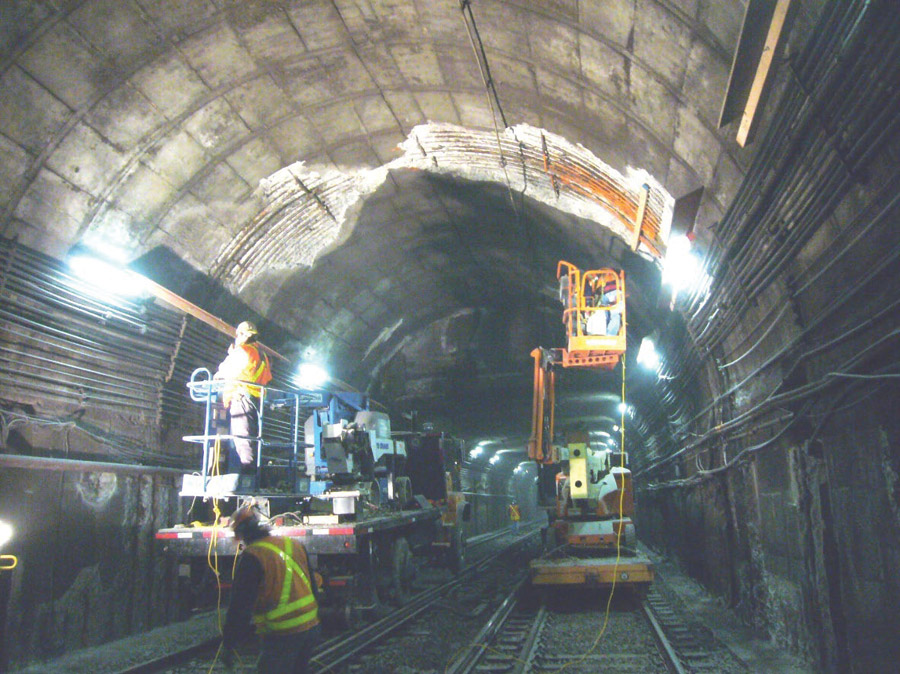
Crews perform emergency work in a Boston Red Line subway tunnel in 2007, which was the basis for a paper Russell published that year in the journal of the American Shotcrete Association.
Photo courtesy of Henry Russell
Path Forward
A few years after Russell’s grandfather immigrated to Boston in the early 20th century, Russell’s father and the rest of the family followed. Growing up in the city’s Dorchester neighborhood as the son of a pressman at the Boston Herald Traveler, Russell says he learned critical thinking skills at English High, founded in 1821, and how to “analyze items in the scientific method, which served me well throughout my career.”
Russell and his sister, Janice Hight, were the first family members to attend college. He graduated from Curry College in Milton, Mass., with a geology degree. While serving in the U.S. Army Reserve from 1967 to 1973, Russell spent one year working for a small civil engineering firm before becoming a researcher assistant at MIT for T. William Lambe, a geotechnical engineering professor who designed soil experiments for the Apollo space program and helped develop methods for tunnel instrumentation, including some used for several local tunnel extensions. While not licensed as a professional engineer until the 1990s, Russell says he “learned my engineering” from Lambe, even though he was never an enrolled MIT student.
Working the next three years for engineering firm James Collins and Associates, Russell was urged by its owner to gain expertise in something “not too many people are experts at,” he recalls. “I picked tunnels since I was interested in tunnels.”
In 1976, Russell joined the tunnel group at design firm Parsons Brinckerhoff, where he spent the next 40 years. He quickly leveraged his geology training while honing his craft working on Boston subway tunnels. He recognized that cataloging concrete, brick masonry, steel or cast-iron defects in tunnels is similar to what geologists do in documenting rock deficiencies. “Inspecting tunnels is a natural job for a trained geologist,” Russell says.
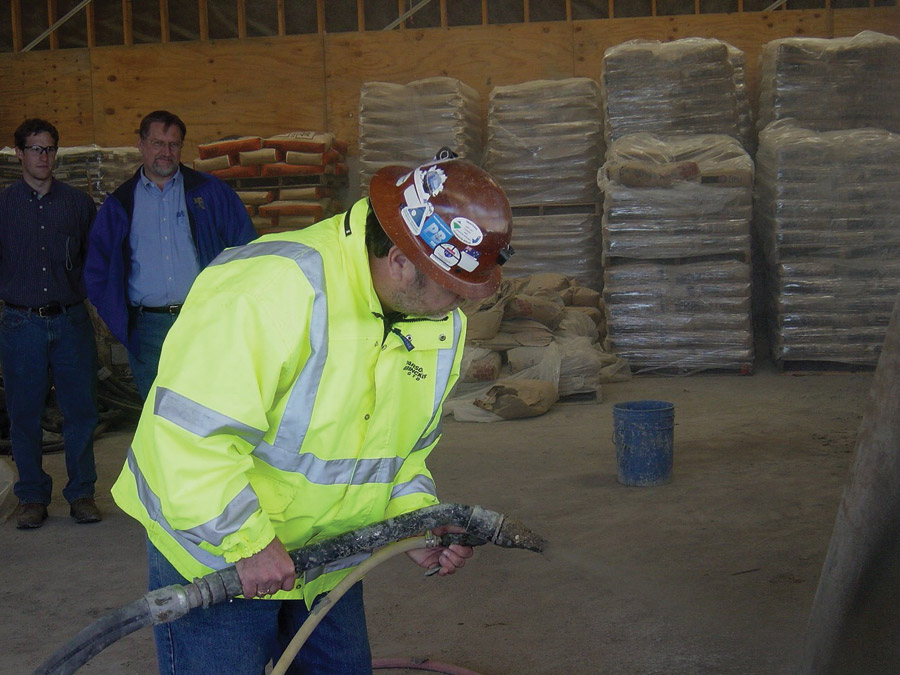
Russell demonstrates a shotcrete test on a Massachusetts tunnel project in 2014.
Photo by R. Brenn, courtesy of Henry Russell
Manual Writing
That realization planted the seed for Russell’s tunnel rehabilitation guidance that eventually became the framework for the federal and state transportation officials’ tunnel design manuals, which were first published in 2008. MBTA also asked Russell to improve a seven-digit alphanumeric computer code created by another firm for coding tunnel structural defects. “Looking at it rationally,” he says, “I simply developed a system where simple qualifications were used to identify spalls, delamination cracks, etc.”
Russell’s system has simple codes, such as S for spall, C for crack, D for delamination and R for reinforcement. “I added a numeric value to that … to identify the degree of severity, and I also categorized leakage,” Russell adds. “Up until that point, what was wet to you was not necessarily wet to somebody else ... It became useful and easy to do quickly. From that, it developed quickly into a career path for me.”
“[Russell]wants the team to know everything related to any issue at hand.
Such breadth and depth of knowledge is outstanding; there is no tunnel in the U.S. we had discussed that Henry did not say, ‘I did the inspection of it.’”
—Sanja Zlatanic, National Tunnel Practice Leader, HNTB
With his skill in tunnel repair and rehabilitation, Russell rose to senior vice president and technical director for tunnel rehabilitation at Parsons Brinckerhoff. In 1990, he was deployed to Chicago after a freight tunnel under the Chicago River collapsed and flooded the city’s Loop district. “I spent $5 million in grout in a month, and I met every day with Mayor [Richard J.] Daley about what we were going to do next,” Russell remembers.
Later that decade, Russell served as an engineer’s representative for the Boston Harbor Effluent Outfall Tunnel project to clean the harbor’s infamously dirty water. Untreated sewage had poured into it for years. The only Parsons Brinckerhoff employee to work on the approximately 12-year-long project from start to finish, he helped inspect and evaluate more than 100,000 liner segments in the 9.5-mile-long tunnel. Tragedy struck the project in 1999 when two divers died while trying to remove fiberglass safety plugs from 30-in.-dia offtake pipes.
Later, Russell helped fix “severe leakage” in Boston’s nearly $15-billion Central Artery/Tunnel project. An adviser on the project, he also inspected the tunnel after a concrete ceiling panel fell in 2006 and crushed a car traveling on a connector ramp, killing a passenger and injuring the driver. A section of the tunnel was closed for nearly a year for repairs.
Russell says he had a “professional responsibility to the public to advise the owner/operator [Massachusetts Turnpike Authority] not to open the road.” Lawsuits resulted in a $458.2-million settlement between the government and the Bechtel-Parsons Brinckerhoff joint venture—which was project managing consultant—as well as other design and construction firms. Russell “kept detailed notes that night” after the incident, he says, and as a result, “spent four years talking to lawyers.” He added, “It was unfortunate that it happened. Being at the wrong place at the wrong time for those poor people was terrible.”
After leaving Parsons Brinckerhoff in 2016, Russell worked for Mott MacDonald until 2022 before joining HNTB as a consultant. Sanja Zlatanic, HNTB national tunnel practice leader, says that Russell has mentored generations of young tunnel engineers. “He wants the team to know everything related to any issue at hand,” Zlatanic says. “Such breadth and depth of knowledge is outstanding.”
Whatever U.S. tunnel comes up in conversation, Russell says he’s inspected it, notes Zlatanic, adding, “He will state precisely which year, with all the information related to the construction method and potential issues with that specific tunnel.”
Russell says he “enjoys his work” and has no plans to retire as long as he’s healthy. “I have a lot in the back of my head to train young people,” he explains, “and I like doing that, that’s part of giving back to your profession.”



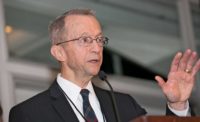

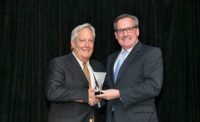
Post a comment to this article
Report Abusive Comment